Highlights
-
An optical fiber with 19 cores within a standard cladding diameter was developed, enabling a transmission capacity of 1.7 petabits per second.
-
Randomly coupled multi-core fibers require less power consumption in the digital signal processing compared to multi-mode fibers.
-
This is a major step to realize future transoceanic-class long-distance, large-capacity optical communication systems.
Background
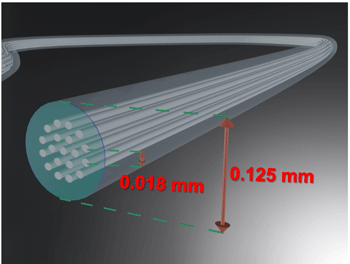
Achievements
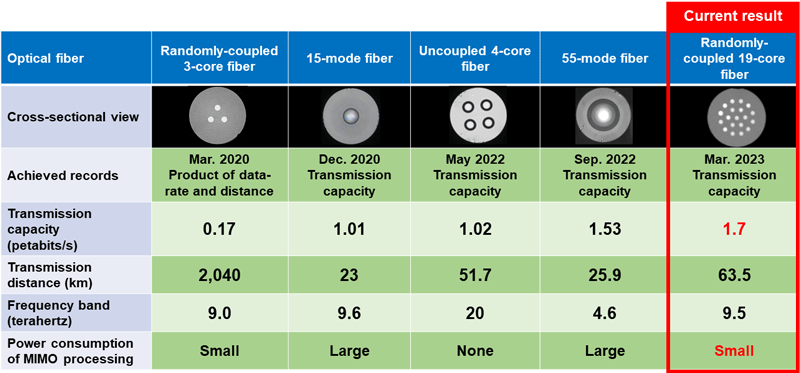
Future Prospects
References
Title: Randomly Coupled 19-Core Multi-Core Fiber with Standard Cladding Diameter
Previous NICT Press Releases
- "1.53 Petabit per Second Transmission in 55-mode Fiber with Standard Cladding Diameter"
https://www.nict.go.jp/en/press/2022/11/10-1.html - "World's First Successful Transmission of 1 Petabit per Second in a Standard Cladding Diameter Multi-core Fiber"
https://www.nict.go.jp/en/press/2022/05/30-1.html - "World's First Successful Transmission of 1 Petabit per Second Using a Single-core Multimode Optical Fiber"
https://www.nict.go.jp/en/press/2020/12/18-1.html - "World Record Transmission of 172 Terabit/s over 2,040 km Distance Coupled-3-core Multi-core Fiber"
https://www.nict.go.jp/en/press/2020/04/02-1.html

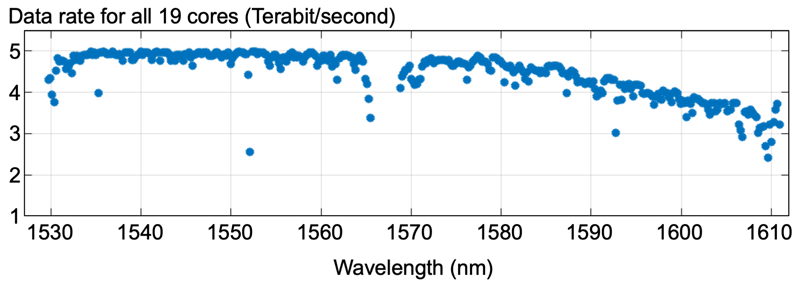
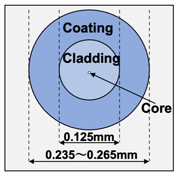
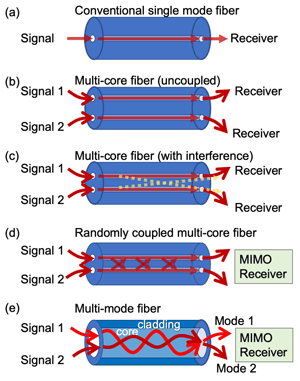
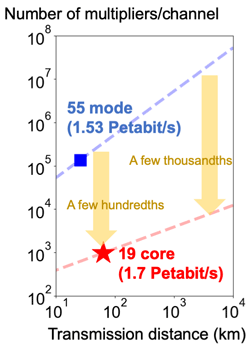
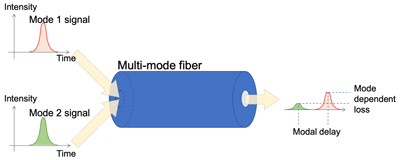
 ml.nict.go.jp
ml.nict.go.jp